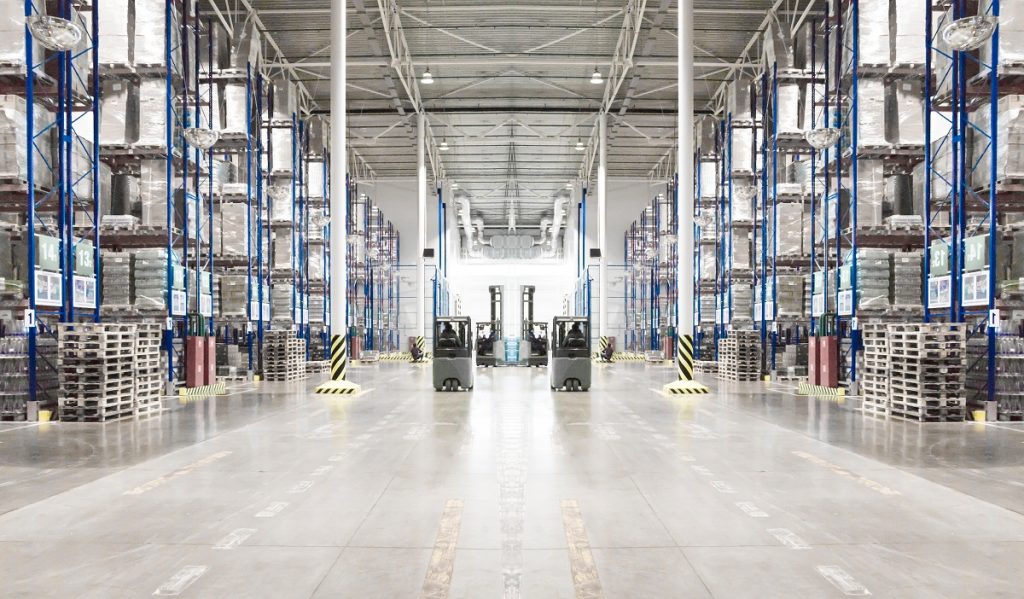- Effective logistics performance monitoring can reduce costs while enhancing customer satisfaction and business reputation.
- Key logistics metrics include on-time fulfillment, transportation, warehousing, and inventory holding costs.
- Utilizing a logistics shipping dashboard can identify inefficiencies and inform strategic decisions.
- Constant analysis and adjustment of logistic operations boost cost savings and competitive advantage.
Inefficient logistics can seriously drain a business’s resources, wasting time, money, and manpower. According to a report by Cerasis, companies spend approximately $1.64 trillion on logistics and transportation costs in the United States, accounting for nearly 8% of the annual GDP. Moreover, the Federal Motor Carrier Safety Administration states that the cost incurred from trucking accidents alone is estimated to be around $20 billion per year, further underlining the financial implications of inefficient logistics. Such wastage impacts the bottom line and can compromise customer satisfaction and business reputation.
Efficiency is critical in every aspect of business, especially in logistics. To ensure your business is running as smoothly and efficiently as possible, there are a few key metrics you can keep track of to monitor the effectiveness of your processes. Here are a few of them:
On-Time Fulfillment

On-time fulfillment is crucial for ensuring customer satisfaction and maintaining an efficient logistics operation. By delivering orders on schedule, businesses can enhance their reputation, build customer trust, and foster long-term relationships. However, achieving consistent, on-time fulfillment requires a well-orchestrated logistics system.
One strategy to improve on-time fulfillment is to leverage advanced inventory management systems. These systems can provide real-time insights into inventory levels, helping businesses forecast demand accurately and prevent stockouts or overstocks. Another approach is to optimize route planning. Companies can use route optimization software to plan the most efficient routes, thus reducing delivery time and fuel consumption. Finally, investing in staff training can also be beneficial, as well-trained employees are more likely to perform their tasks accurately and efficiently, contributing to on-time fulfillment.
By focusing on these factors, businesses can significantly enhance their on-time fulfillment rates, driving efficiency in their logistics operations.
Logistics Costs
Logistics costs make up a significant portion of a business’s operational expenses. By analyzing these costs in detail, companies can identify areas of inefficiency and implement measures to improve cost-effectiveness. Here are five key areas to scrutinize:
Transportation Costs
Transportation costs often account for a large chunk of logistics expenses. Monitoring fuel consumption, vehicle maintenance costs, and driver wages can give you a clear picture of your transportation expenses. By optimizing routes and vehicle loading, you can reduce these costs significantly.
Warehousing Costs
Warehousing costs can also add up, including rent or mortgage, utilities, equipment maintenance, and staffing. Implementing efficient warehouse processes, such as systematic storage and retrieval methods, can help minimize these costs.
Inventory Holding Costs
Inventory holding costs represent the cost to store, insure, and handle products that aren’t immediately sold. Reducing these costs involves balancing adequate stock levels to meet demand without overstocking and risking obsolescence or spoilage.
Order Processing Costs
Order processing costs involve the expenses related to receiving, processing, and fulfilling customer orders. Streamlining these processes through automation and employee training can help reduce errors and associated costs.
Returns and Damages
Returns and damages can have a significant impact on logistics costs. Quality control measures and robust return policies can minimize these costs and maintain customer satisfaction.
By regularly reviewing and optimizing these areas, businesses can achieve more cost-efficient logistics operations.
Performance Tracking

Performance tracking is an integral part of efficient logistic operations. It involves monitoring and analyzing various performance metrics to identify potential bottlenecks, inefficiencies, and areas for improvement. Among the numerous benefits, performance tracking can significantly enhance cost-efficiency in logistics.
One of the most effective ways to track logistics performance is through a logistics shipping dashboard. This tool provides a comprehensive view of all logistics operations, from order fulfillment to delivery. Businesses can gain valuable insights into their logistics processes by gauging key performance indicators (KPIs) such as delivery times, order accuracy, and return rates.
For instance, a rise in delivery times could indicate inefficiencies in transportation, such as poor route planning or vehicle breakdowns. Similarly, increased return rates might indicate quality control issues or inaccurate order fulfillment. Once these issues are identified, corrective measures can be taken promptly, saving time and costs.
More importantly, a logistics shipping dashboard allows businesses to track real-time performance. This real-time visibility empowers businesses to make immediate adjustments, such as rerouting shipments to avoid traffic or managing inventory to prevent stockouts or overstocks.
Furthermore, performance tracking can also aid in strategic decision-making. The data collected can be used to identify trends, predict future outcomes, and inform decisions on everything from staff training to investment in new logistics technology.
Final Thoughts
An efficient logistics operation is critical to running a successful business. By carefully monitoring and analyzing the performance of your logistics processes, you can identify areas for improvement and take corrective measures to enhance efficiency and drive cost savings. Maintaining an up-to-date overview of your logistics operations with a shipping dashboard will help address costly inefficiencies promptly. At the same time, growth opportunities are identified and capitalized on. Ultimately, this will enable your business to stay ahead of the competition and remain resilient in today’s ever-evolving market.

